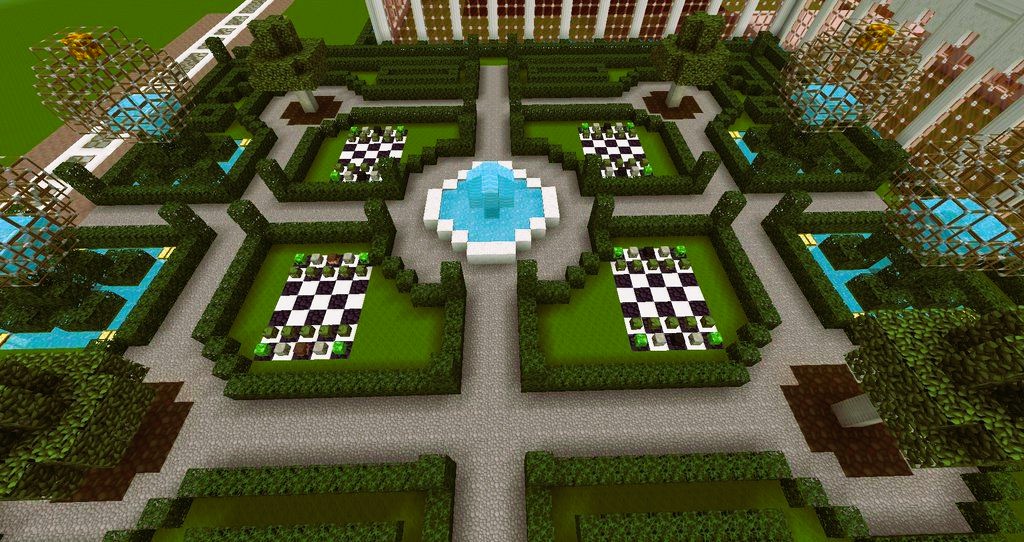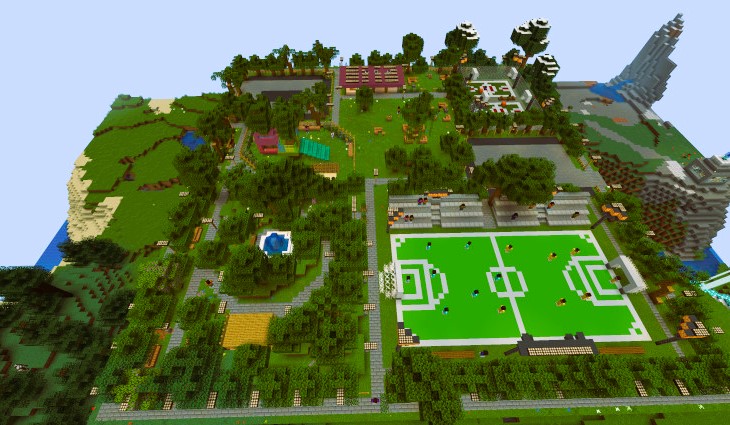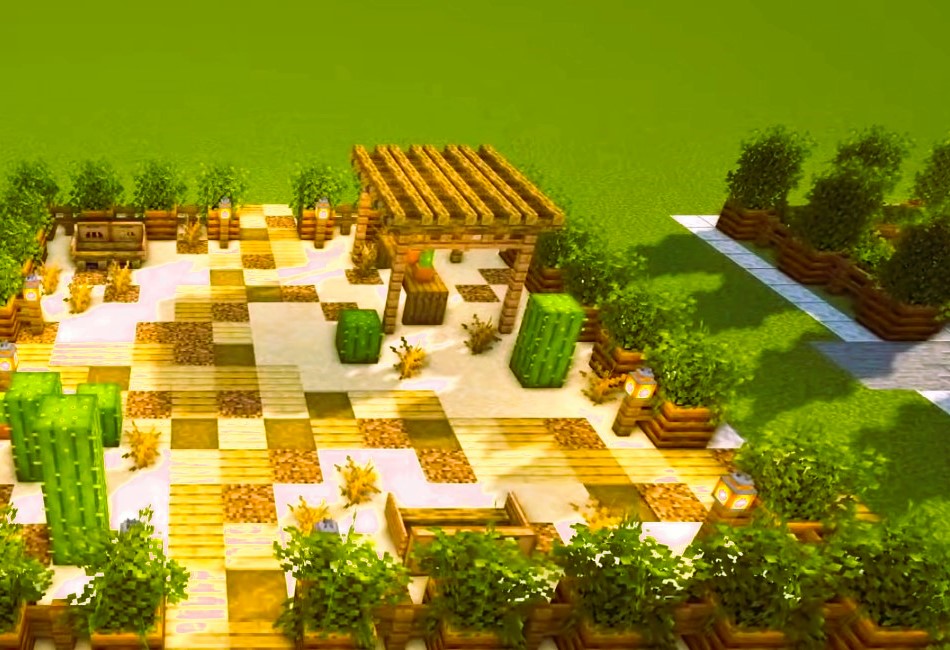Minecraft, the pixelated universe where creativity knows no bounds, is not just about towering castles and bustling cities. It’s also a canvas for creating serene and breathtaking landscapes. In this article, we will explore the art of landscape architecture in Minecraft, focusing on the design principles behind crafting beautiful gardens and parks within the game.
The Role of Landscape Architecture in Minecraft
Landscape architecture in Minecraft involves the thoughtful arrangement and design of outdoor spaces, including gardens and parks, to enhance the overall aesthetic appeal and functionality of a build. Whether you’re looking to create a tranquil Zen garden, a vibrant flower paradise, or a sprawling urban park, understanding the key principles of landscape architecture is essential.
Choosing the Right Location
The first step in landscape architecture is selecting an appropriate location for your garden or park. Consider the surrounding biome, terrain features, and proximity to other structures. Integrating the landscape seamlessly into the environment ensures a harmonious and visually pleasing result.

For instance, building a garden in a Flower Forest biome allows you to take advantage of the natural beauty of the terrain, while a park in a Plains biome might provide a blank canvas for more structured designs.
Designing Garden Elements
Once you’ve chosen a location, the next step is to design the individual elements that will make up your garden. Different types of gardens may include features like paths, flower beds, trees, water features, and decorative structures. Experiment with a variety of flowers, plants, and blocks to create a diverse and visually appealing landscape. Improving visual effects in Minecraft using texture packs, see the link for more details.
In Zen gardens, for example, consider using sand or gravel for the ground, and strategically place rocks and bonsai-like trees to evoke a sense of tranquility. In more formal gardens, use patterns of flowers and shrubs to create symmetry and order.
Utilizing Water Features
Water features play a significant role in landscape architecture, adding movement, sound, and visual interest to the design. In Minecraft, builders can incorporate ponds, fountains, waterfalls, and even intricate irrigation systems.
Experiment with different water source blocks, aquatic plants, and underwater lighting to create stunning water features that complement the overall theme of your garden. Water features not only enhance the beauty of the landscape but also contribute to a calming atmosphere.
Balancing Natural and Artificial Elements
A successful Minecraft garden or park achieves a delicate balance between natural elements and artificial structures. While paths, bridges, and decorative elements add structure to the design, it’s crucial not to overshadow the natural beauty of the landscape.
Consider integrating natural terrain features into your design, such as incorporating existing hills, caves, or water bodies. This approach creates a sense of unity between the constructed elements and the inherent charm of the Minecraft world.
Understanding Scale and Proportion
Scale and proportion are fundamental principles in landscape architecture. Pay attention to the size of various elements in relation to the overall space. Large trees, for example, might overpower a small garden, while tiny flowers may get lost in a vast park.

Experiment with different scales to create visual interest. Varying heights, sizes, and shapes of plants and structures contribute to a dynamic and engaging landscape.
Challenges and Rewards of Landscape Architecture
Designing gardens and parks in Minecraft presents both challenges and rewards. The limited palette of blocks and the blocky nature of the game can be constraints, but they also inspire creativity and innovation.
The reward comes in the form of a visually stunning landscape that can serve as a serene retreat, a showcase of creativity, or a complement to larger architectural projects. Exploring the challenges and embracing the opportunities leads to a deeper understanding of Minecraft’s creative potential.
Conclusion
Landscape architecture in Minecraft transforms the game from a mere construction simulator into a platform for creating immersive and visually captivating outdoor spaces. Whether you’re a seasoned builder or a newcomer to the game, designing gardens and parks offers a rewarding avenue for expressing creativity.
For more tips, tutorials, and inspiration on landscape architecture in Minecraft, visit the Minecraft Wiki for comprehensive guides and community insights. Connect with the vibrant Minecraft community to share your creations, gather ideas, and continue pushing the boundaries of what’s possible within the game.
Remember, the beauty of Minecraft lies not only in grand structures but also in the meticulous details of well-designed landscapes. Happy landscaping!

